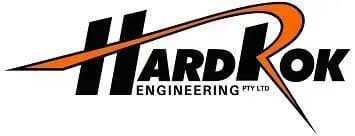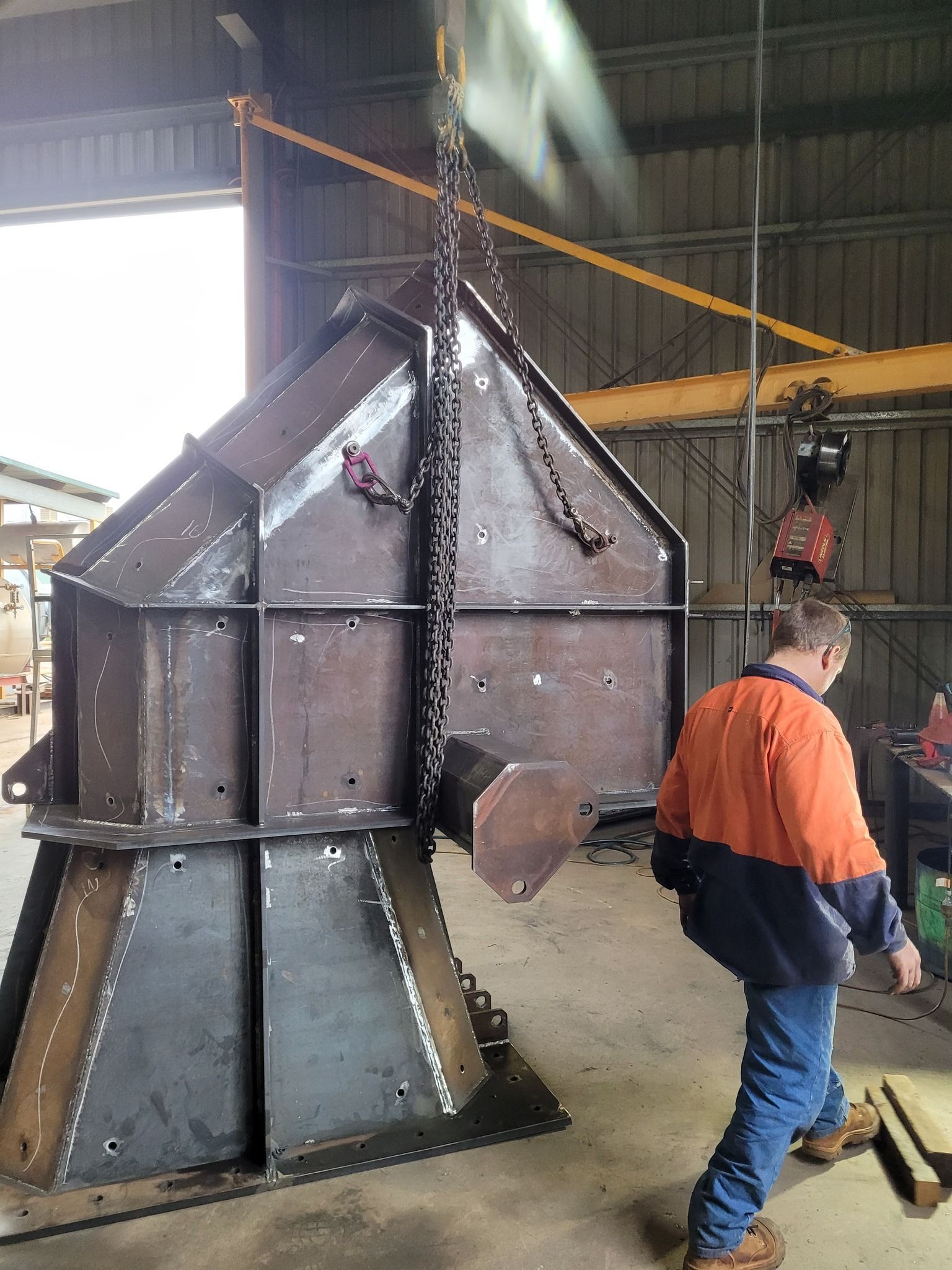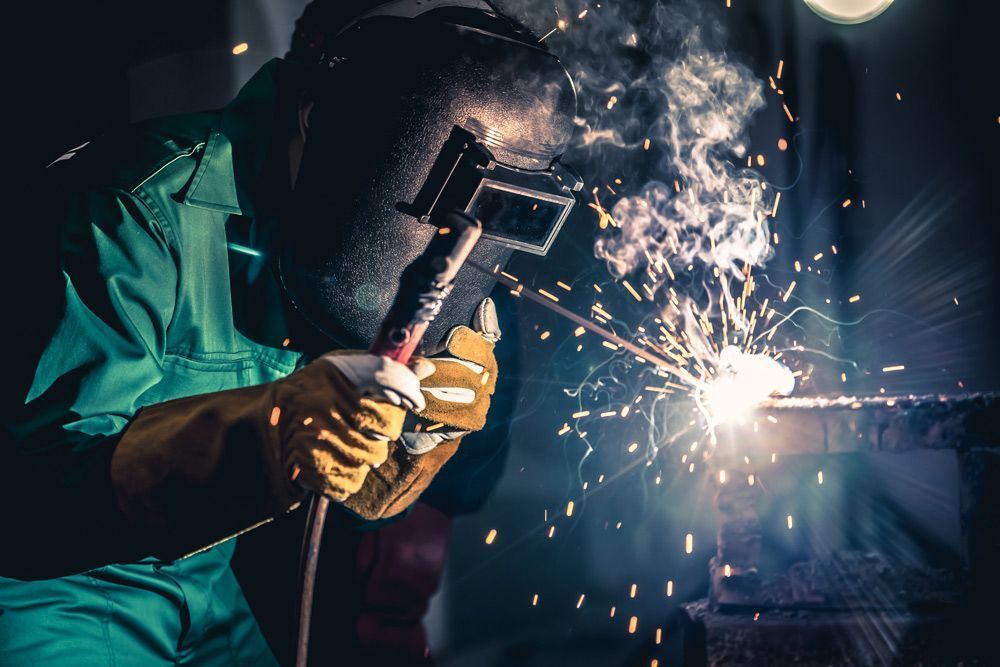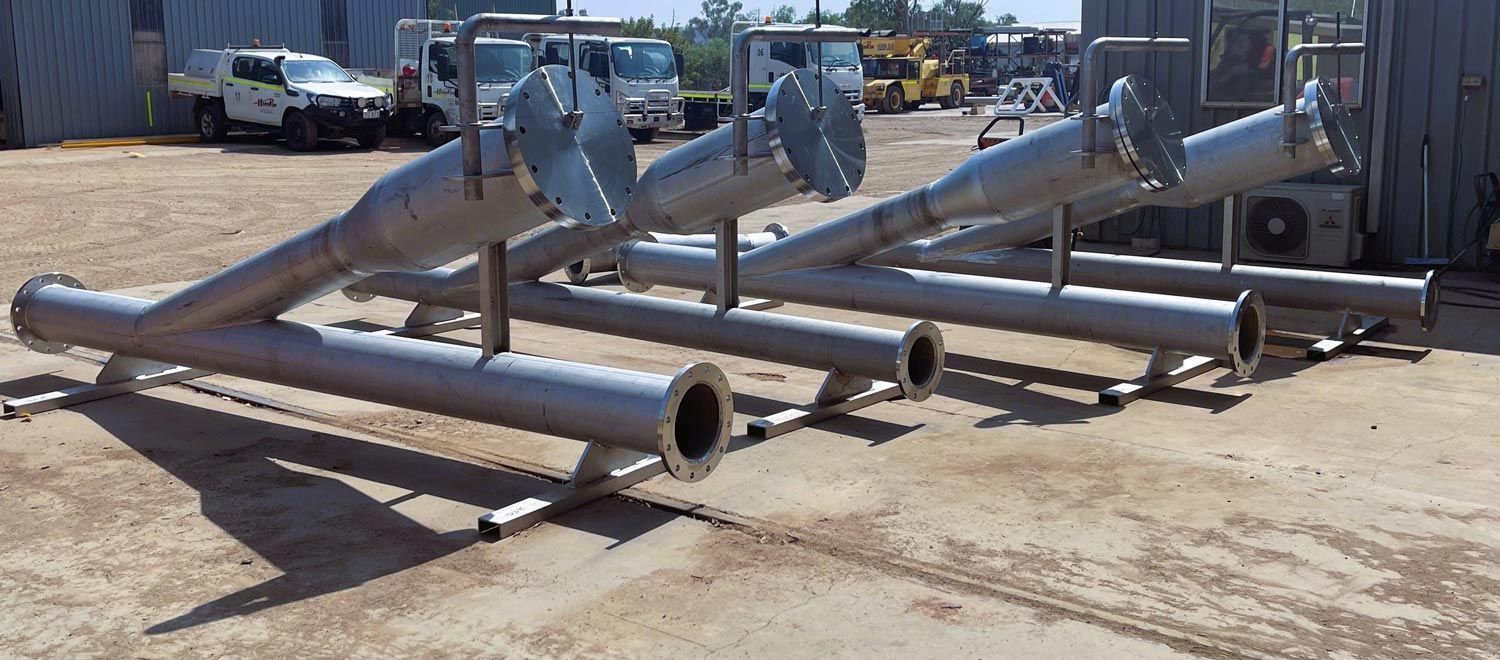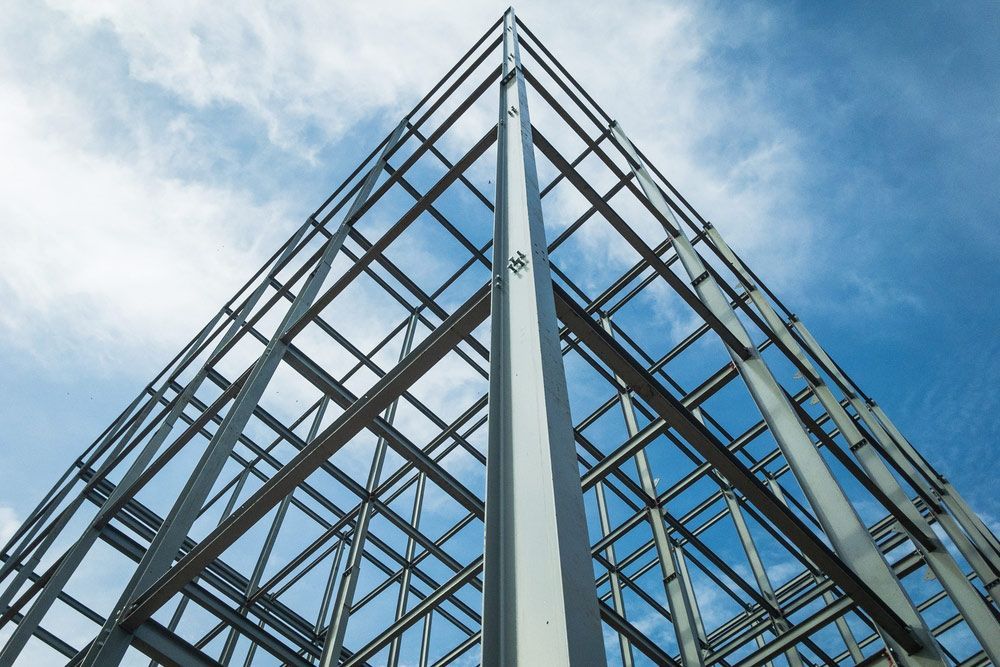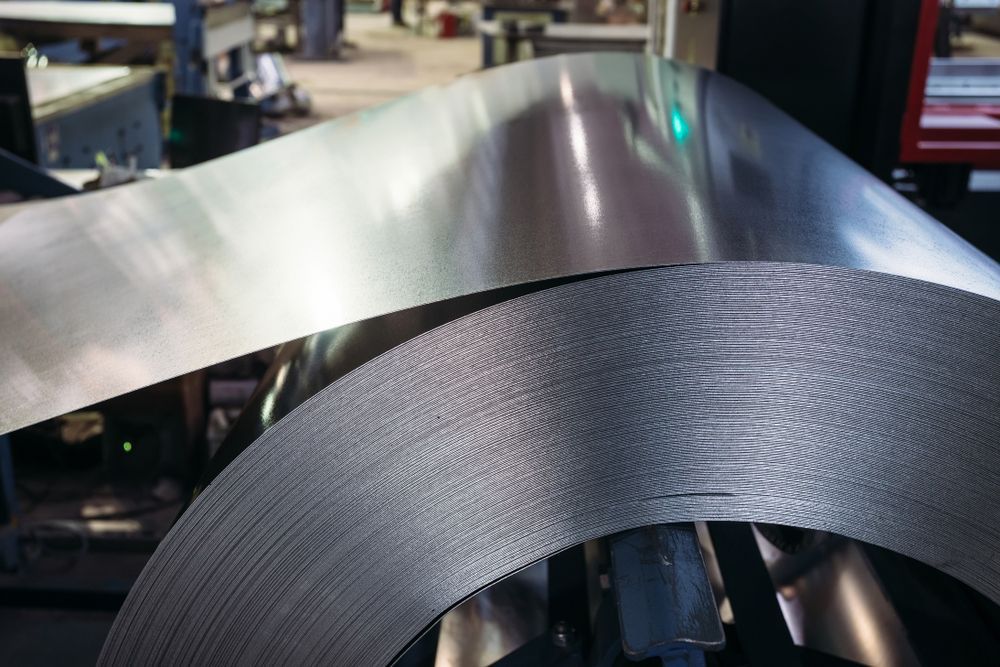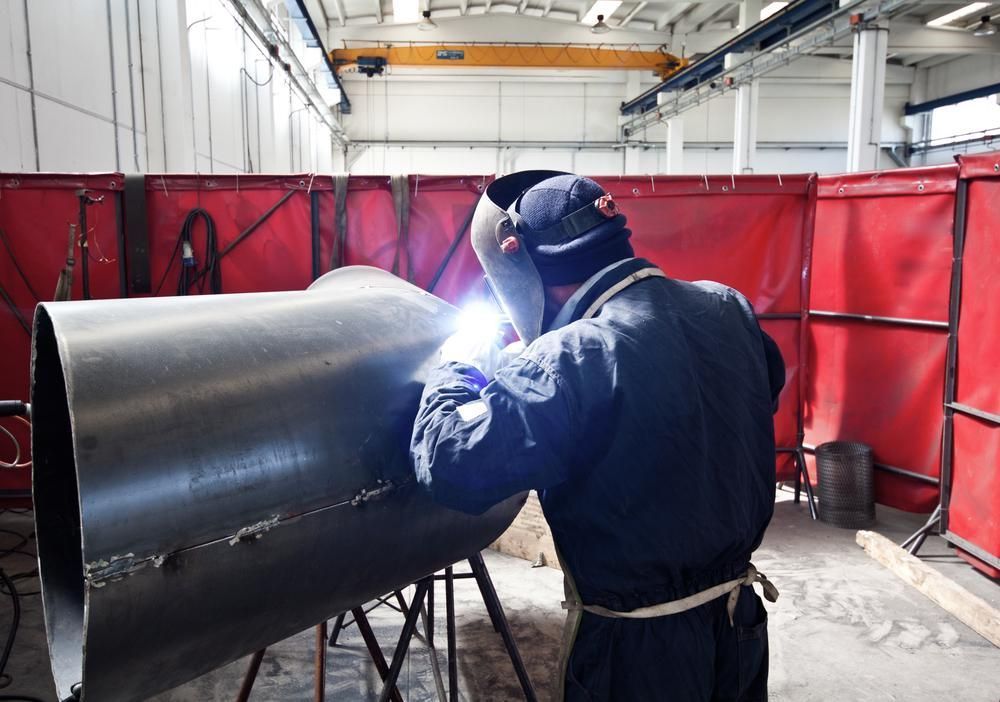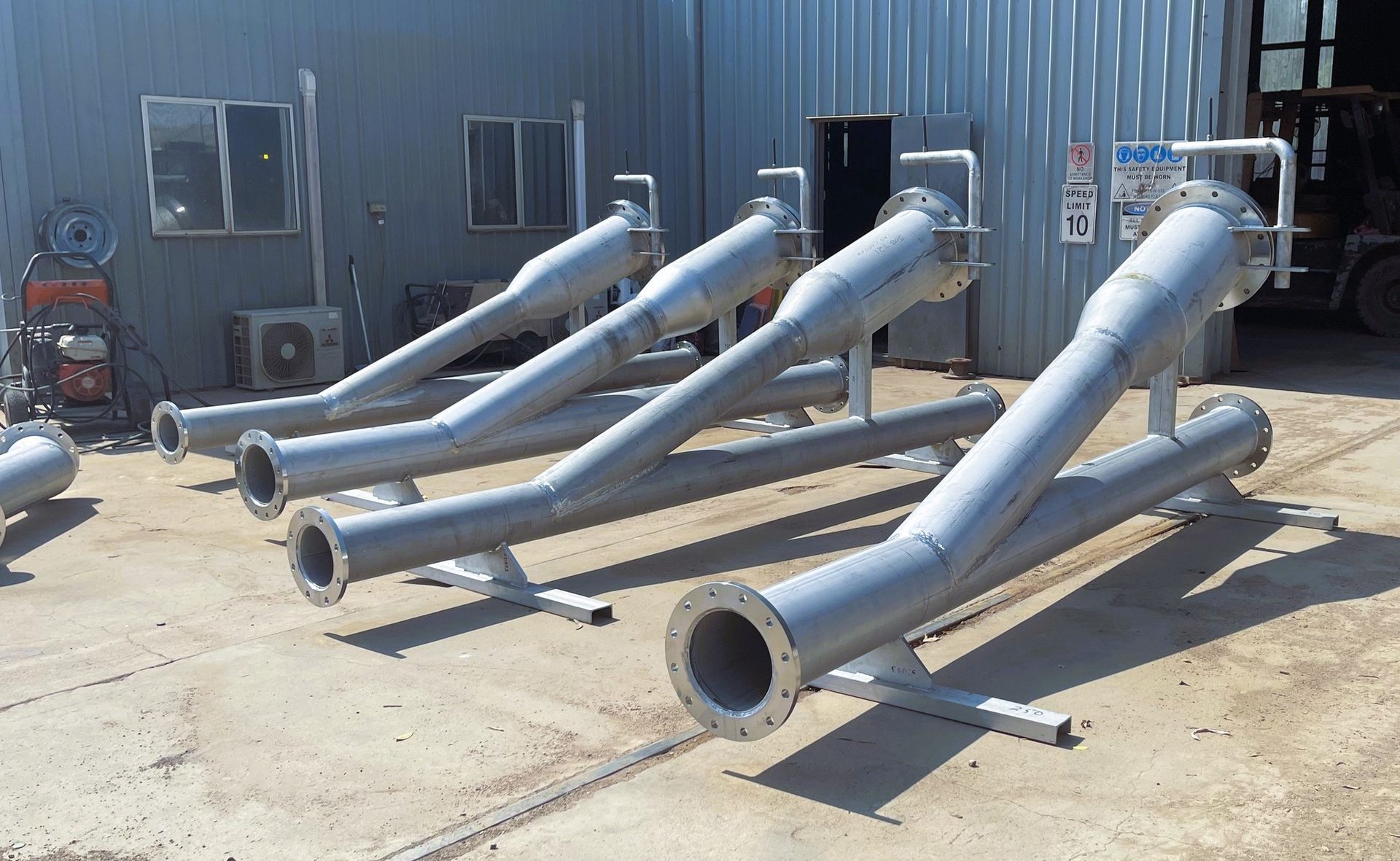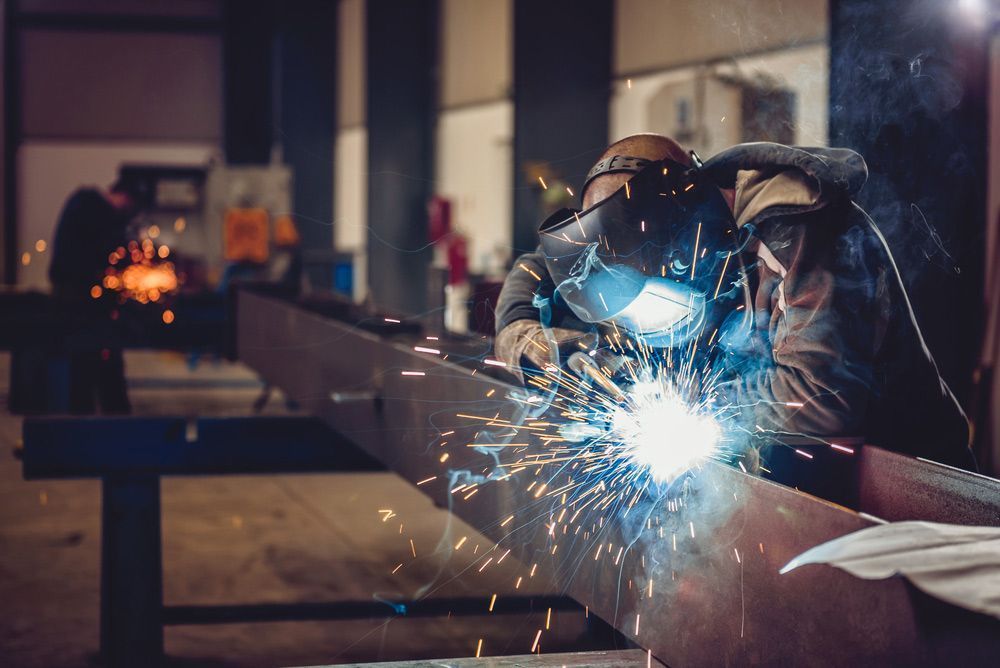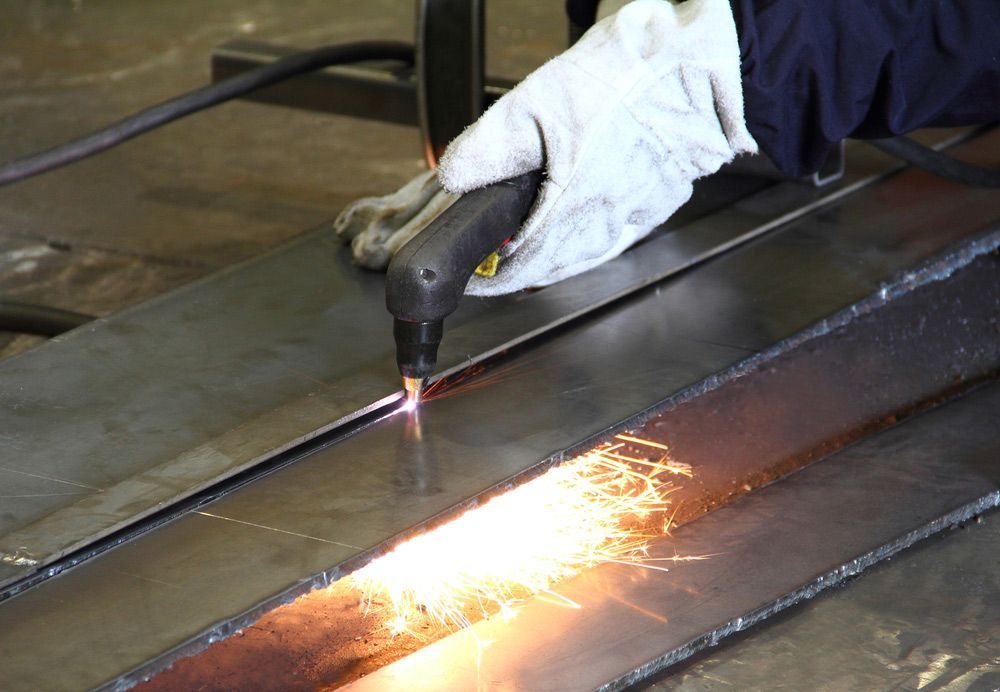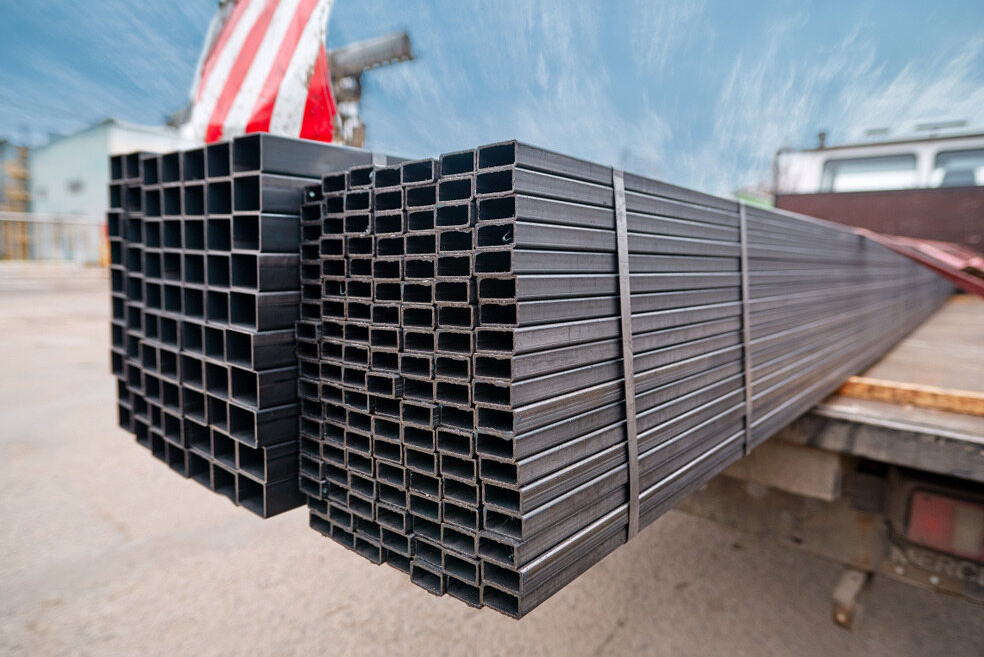The Different Types Of Welding Processes Explained
Table of Contents
- The Different Types Of Welding Processes Explained
1. Stick Welding
Stick welding is a good option if your
project requires a lot of short welds with low heat input and minimal distortion. It’s also good for materials that are difficult to weld, like stainless
steel or aluminium. Because of its low heat input, stick welding processes are used to join thin materials together.
Stick welding produces fusion bonds on the surface only and doesn't penetrate through the whole thickness of the material being joined. The process uses a power source with a constant current electric arc that flows through an electrode. This method is usually fairly cheap.
2. Mig Welding
3. Tig Welding
Tig welding uses a filler material that melts at lower temperatures than tungsten wire (welding rods). You choose the filler rod based on the type of base metal welded as well as its thickness and porosity—because these factors affect how easy it is for the filler rod to penetrate your workpiece. When you're done with each pass of your torch over an area, you'll want one pass going in either direction: up then down or vice versa depending on how high up from the surface level you need access while working with your torches.
4. Flux-cored Arc Welding
Flux-cored arc welding involves positioning your equipment correctly, ensuring that you have accurate gas flow and shielding gas settings. You can then begin feeding filler wire into your torch and heating your gun tip before applying this heated tip to the joint you're working on.
